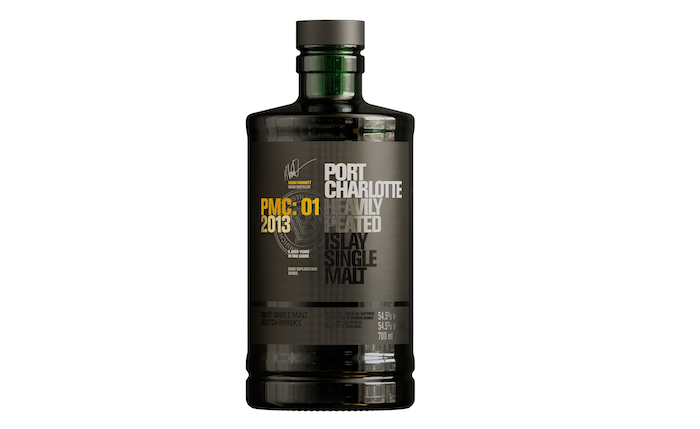Editor’s Note: This whisky was provided to us as a review sample by the party behind it. This in no way, per our editorial policies, influenced the final outcome of this review. It should also be noted that by clicking the buy link in this review our site receives a small referral payment which helps to support, but not influence, our editorial and other costs.
Chances are if you aren’t into Scotch, you still have heard that it can be very smoky. In fact, it is the one thing everyone knows about scotch, usually mentioned in the same breath as telling me why they don’t want to try it. Yet, others that I know can’t get enough of it. Turns out, science can actually answer on why smoky whisky is so divisive.
In some way, humans are programmed to like smoke. We’re the only mammal that often requires meat to be cooked to eat. Individual life experience can influence a person’s preference, as can genetics as there are those who are sensitive to detecting smoky aromas (and flavors) and find the sensation overwhelming, potentially even painful.
Regardless of your personal preference, smoky Scotch whiskies are here to stay. The smoke in Scotch is part of a long tradition of using materials available in Scotland to make Scotch. Historically, Scotland had relatively few trees to dry barley with but there was a ton of peat. So, Scotch makers use peat moss to dry barley grain with smoke, giving it a distinctive “smoky” flavor. Given that it takes approximately 30 hours to dry barley, distillers have their own recipes to achieve a desired “peatiness”.
Most Scotches that use peat are from the islands of Scotland, most prominently the Isle of Islay (pronounced “eye-la”), and include brands like Laphroaig, Ardbeg, Lagavulin, Caol Ila, and Bowmore, among others. Bruichladdich distillery is another well known Islay distillery and has three labels: Bruichladdich, Port Charlotte, and Octomore. The Port Charlotte label is named after a Islay distillery which existed 1829-1929, but is related in name only.
The Bruchladdich line itself is unpeated, but don’t worry peat fans, the Port Charlotte is heavily peated and their Octomore is super-heavily peated, with the most intense being the Octomore 08.3 release, clocking in at 309 phenol parts per million (PPM). Phenols, generally, are the compounds that make whiskies smoky (yes, it’s more complicated, but I don’t have enough space to discuss the nuances) and usually the higher the PPM, the higher the smoke. As a point comparison to the Octomore, most strongly peated scotches have 40-60 PPM.
The Port Charlotte PMC:01 is the latest of the Port Charlotte Cask Exploration series, which is in essence their experimental line. This release was aged in Pomerol casks, which is a French wine in Bordeaux. The company is not specific on the grape type, because this expression is about the location of the components, or “terroir”, as it “brings together two unique locales. This is a whisky which links flavour to land. A whiskey which speaks of a complex lineage. A whisky that is proud of where it’s from.”
This expression has been aged for four years in first-fill ex-bourbon casks and then undergone an additional aging in the Pomerol casks for five years. The Port Charlotte is peated, as previously discussed, with this particular expression being 40ppm, putting it solidly in the “heavily peated” category. It is made from Scottish Concerto barley, which is the most ubiquitous variety, contributing to 80% of maltings in Scotland and 33% for brewing in England.

Tasting Notes: Port Charlotte PMC:01
Vital Stats: Aged 9 years, in first fill Bourbon barrels the first four years and aged in Pomerol casks for the remaining 5; 109 Proof (54.5% ABV); $149.99.
Appearance: Clear peach.
Nose: Frying bacon and damp tree-moss, hint of marine iodine, dark oak and walnuts.
Palate: Pleasant dried fruit passes in a flash, rolling quickly into a deep dive of sulfur and wet soil. Smoke rolls around the palate, with slight chocolate sweetness and leather shining through. An equally smoky finish is furnished with carbolic soap and resin.







